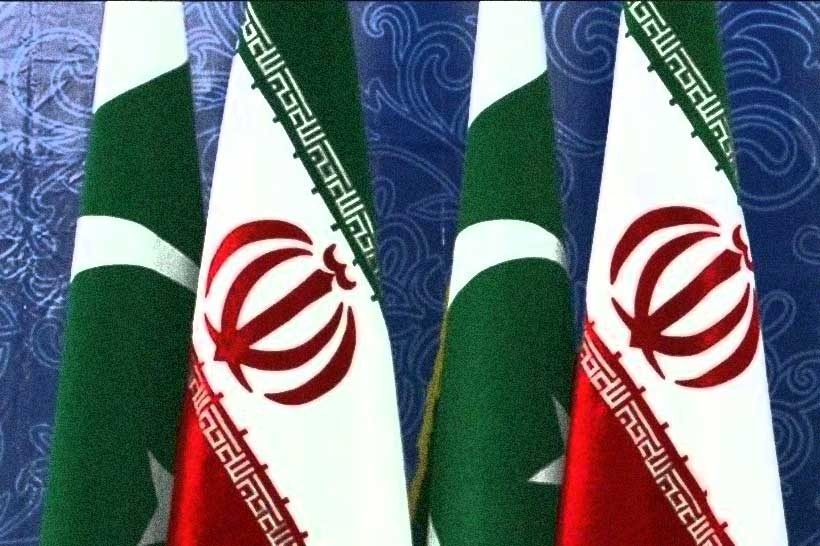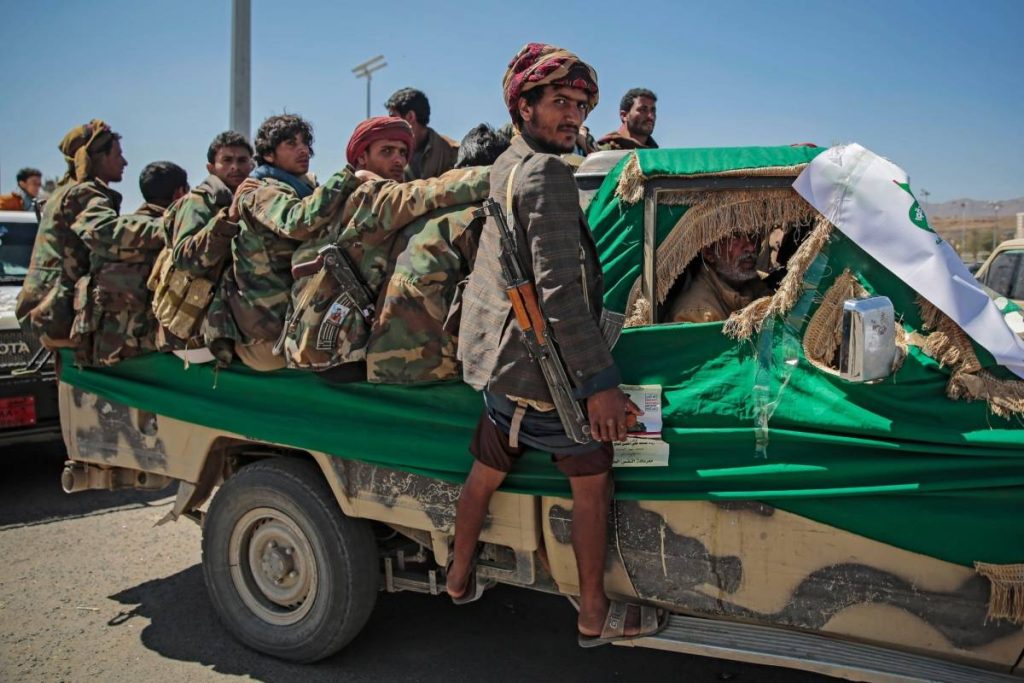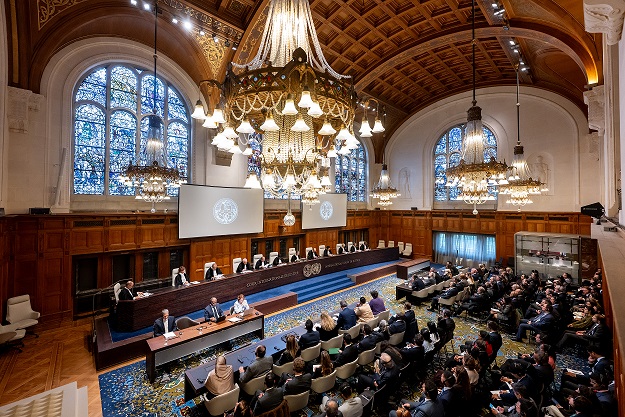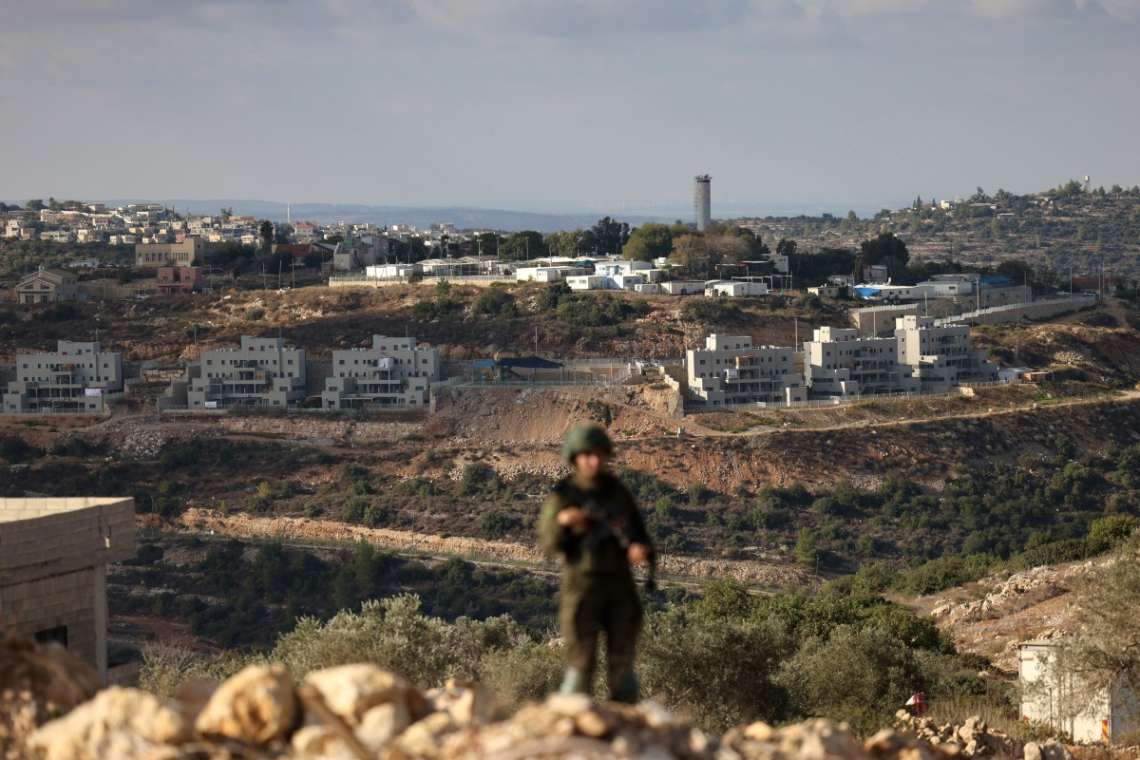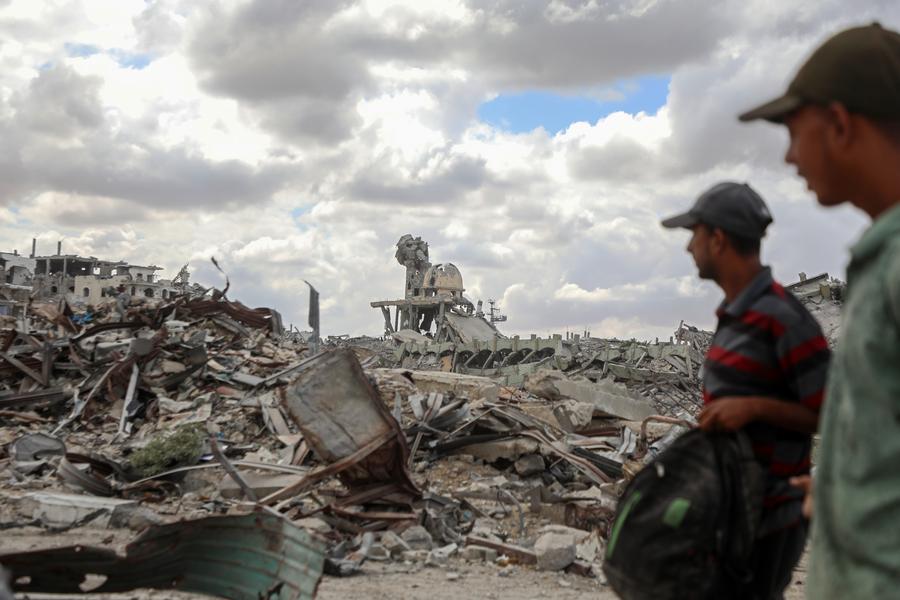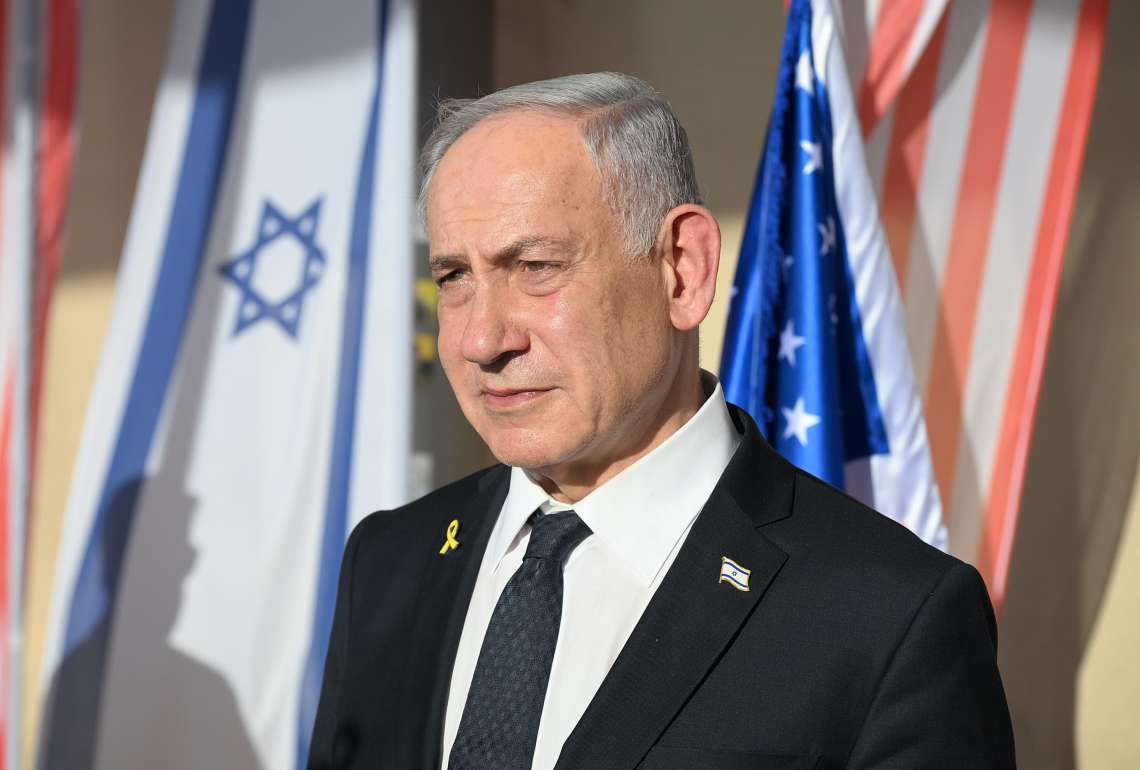The Indus Water Treaty (IWT), despite being hailed as a successful mechanism in managing water disputes between India and Pakistan for decades, faces significant challenges in adapting to the evolving circumstances of the present day. The treaty’s failure to address the distribution of water, accommodate the impacts of climate change, incorporate technological advancements, and provide an efficient dispute resolution process raises concerns about its relevance … writes Dr Trilok Sharma
The Indus Waters Treaty (IWT) is a landmark water-sharing agreement between India and Pakistan that was brokered by the World Bank and signed on 19 September 1960. The treaty emerged against the backdrop of strained relations between the two countries and aimed to address water disputes related to the shared Indus River Basin which is crucial for the food and water security of both nations. The treaty designated specific rivers for each country’s unrestricted use, with the western rivers i.e. The Indus, Jhelum and Chenab Rivers allocated for Pakistan’s sole use while the eastern rivers i.e. The Sutlej, Ravi and Beas Rivers allocated for India’s exclusive usage.
Despite being celebrated as one of the world’s most effective treaties that has withstood wars, hostility and tensioned diplomatic relations, many experts have noted its obsolete provisions and their implications on present-day affairs. While India seeks negotiations for the amendment of the IWT vide its Notice of Amendment served on 25 January 2023, Pakistan has remained opposed to the idea.
Experts state that since the inception of the IWT, there have been several fundamental changes in circumstances which merit diplomatic discussion for amendment of the IWT. In essence, the circumstances that existed at the time of concluding the IWT have changed so fundamentally that the assumptions on which the said treaties were concluded no longer hold true.
While international treaties operate under the pacta sunt servanda rule which bind the state, its entities and citizens to the terms of the convention, the doctrine of rebus sic stantibus enshrined under Article 62 of the Vienna Convention on the Law of Treaties is an exception whereby an unforeseen fundamental change of circumstances is a ground for terminating a treaty if it affects the essential basis or radically transforms obligations of a treaty. In past, this principle has led to the withdrawal of Italy, Russia and Australia from the Energy Charter Treaty.
Source-Wikipedia
Fundamental Change of Circumstances under the Indus Water Treaty
The IWT fails to distribute water and address the Indus River Basin as a whole
At present, the IWT does not distribute water between the countries but merely allocates rivers for usage of each country. It offers geo-physical partition of the river system itself instead of addressing the joint development and water management of the Indus River Basin, a stark deflection from customary international law norms. It can be seen that Article 9 of the Treaty provides that consultations may be held when a question arises over the interpretation or application of the IWT, but it fails to cater to disputes arising out of or in relation to the Indus River Basin itself. This simplistic approach lacks cooperative sharing of water, creating ecological and social consequences that require deliberation.
The IWT fails to accommodate climate change
During the year 2015, NASA ranked the Indus River Basin as the world’s second-most over-stressed aquifer. Since glaciers are the biggest contributors of water to the Indus River, global warming and climate change will negatively impact water availability in the river basin. While initially, water levels may increase with rapid melting (creating flood risks), over time, the river basin is likely to dry up.
The IWT makes no provisions for regulation of water-flows in events of sudden heavy discharge due to melting glaciers. A discussion on this aspect and an agreement thereon is essential as the incidence of catastrophic floods are on the rise not only in the lower riparian state of Pakistan but also on the Indian side. Similarly, the risk of flooding due to events like sudden glacial melts or cloud bursts significantly increases the risk of flooding on both sides.
A 2011 study on climate changes in the Hindu Kush Himalaya Region found a link between higher streamflow in the upper Indus Basin and increased mean and maximum temperatures, especially in winter and spring. It was also noted that significant depletion of groundwaters has been observed in the Indus Basin of Pakistan, highlighting another aspect that has not been addressed under the IWT. In recent years, the decrease in downstream discharge to the sea, attributed to irrigation canals and dams, has led to 5 times fewer sediments downstream, impacting natural water regimes and soil nutrient composition.
While at first there is likely to be a clear increase in the river flows, over time the total quantity of water flowing through the rivers will substantially decline. It is projected that the climate change-related threats can reduce Indus River flows by as much as 30–40% in the future. In the backdrop of rise in population, it poses increased pressure on the water resources of the basin, which can have serious adverse impacts on the regional peace and security.
The treaty fails to accommodate technological advancements in Infrastructure
The IWT has received criticism for being overly technical. The IWT puts strong limitations on structures with movable gates to manage storage upstream. This is ineffective given to the seasonal flow of the Indus River Basin rivers, which carry high silt loads. The IWT also fails to accommodate technological advancements in water management construction solutions like digital water management and flood management technology that facilitate monitoring, forecasting, and catastrophe modelling. Pakistan has used the treaty not to resolve differences over designs, but to escalate them to the level of disputes which delays the Indian projects, adding to their cost and affecting their techno-economic viability.
Unlike Pakistan’s literal interpretation of the IWT’s technical annexures, Indian engineers focus on the criteria for techno-economic viable project designs. For instance, objections raised by Pakistan about the Baglihar Project’s design changes in 1999, seven years after its initiation in 1992. Despite being viewed as India’s attempt to gain leverage, the alterations were crucial for the project’s techno-economic viability; Pakistan objected to various design elements such as pondage levels, dam outlets and turbines, claiming that such designs were violative of the IWT. India, however, stated that all designs and calculations were in accordance with the provisions of the IWT.
Interestingly, India utilizes about 94% of its 20% share (40.7 billion cubic meters) from the total Indus River supply of 207.2 billion cubic meters. However, the remaining 6% remains unused and flows to Pakistan. Despite having the right to create a storage capacity of up to 3.6 million acre-feet on western rivers, India has not built any storage capacity as of 2021. Out of the estimated 20,000 megawatts power potential from western river projects, only 3,482 MW has been constructed.
The IWT fails to provide an adequate dispute resolution Process for current times
India’s Secretary for Water Resources Ramaswamy Iyer noted that the IWT gave Pakistan “virtually a veto power over Indian projects on the western rivers, which Pakistan tends to exercise in a stringent rather than accommodating fashion. ” The Neutral Expert appointed at the time, while accepting some concerns from both sides, emphasised the need to incorporate state-of-the-art technology for optimum utilisation and recognized India’s right to utilize waters of the western rivers more effectively within the ambit of the IWT.
The broken-down dispute settlement mechanism in the IWT
The dispute resolution procedure provided in the IWT has raised several complaints from experts for being inefficient and ambiguous; besides being a primitive form of dispute resolution catering to outdated circumstances, India claimed the misuse of the three-tier graded mechanism as enshrined in the IWT by Pakistan through its Notice of Amendment of the Treaty on 25 January 2023.
In 2016, Islamabad retracted its request to the World Bank to appoint a Neutral Expert and proposed the commencement of proceedings before a tribunal under the aegis of the Permanent Court of Arbitration to decide the disputes pertaining to India’s Kishenganga and Ratle Hyrdo Projects. Amid India’s request for a Neutral Expert under the IWT provisions, Pakistan’s unilateral action apparently violates the graded dispute resolution mechanism outlined in Article IX of the IWT. The initiation of two simultaneous processes on the same questions with the potential of their inconsistent or contradictory outcomes creates an unprecedented and legally untenable situation. Interestingly, the World Bank accepted both request and initiated action through the Neutral Expert and Court of Arbitration in March 2022. Not only do the parallel proceedings allow a party to raise the same claims in multiple forums i.e. multiple recoveries of same damages, it also creates inconsistencies in decisions rendered by multiple platforms.
In response to India’s concern over the parallel proceedings, the World Bank stated that the two mechanisms are independent. The IWT vests the authority in both mechanisms to determine their own jurisdiction and competence as well as the power to decide on their rules of procedure. The World Bank’s view raises concerns about the effectiveness and conflict of decisions made by the Neutral Expert and the Court of Arbitration. This ambiguity may lead to disputes regarding which decision will take precedence over the other.
Additionally, the role of the World Bank has garnered dissatisfaction; against popular view, the World Bank clarified that it was “not a guarantor of the treaty” and was merely a conflict resolver. It stated that the IWT does not empower the World Bank to decide whether one procedure would take precedence over the other under the graded mechanism. It was merely tasked with fulfilling its procedural obligations with respect to appointing both the Court of Arbitration and the Neutral Expert.
The Indus Water Treaty, despite being hailed as a successful mechanism in managing water disputes between India and Pakistan for decades, faces significant challenges in adapting to the evolving circumstances of the present day. The treaty’s failure to address the distribution of water, accommodate the impacts of climate change, incorporate technological advancements, and provide an efficient dispute resolution process raises concerns about its relevance. The changing ecological and geopolitical landscape, coupled with the dissatisfaction of affected populations, evolving technological capabilities and the looming threat of climate change underscores the need for a comprehensive reassessment of the IWT on the basis of circumstances that exist 63 years after the treaty was entered into. A mutual renegotiation would be the most appropriate course of action instead of a prolonged legal battle with little or no enforceability of outcomes.


